Fun with three-phase at home
ionized_gw
14 years ago
Related Stories
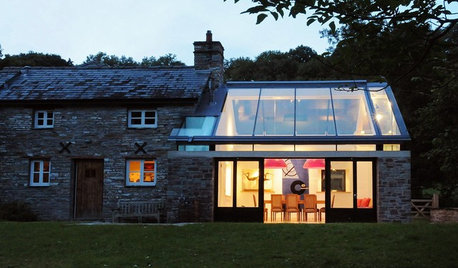
BUDGETING YOUR PROJECTDesign Workshop: Is a Phased Construction Project Right for You?
Breaking up your remodel or custom home project has benefits and disadvantages. See if it’s right for you
Full Story
MOST POPULARThree Magic Words for a Clean Home and a Better Life
Not a natural tidying and organizing whiz? Take hope in one short phrase that can change your life forever
Full Story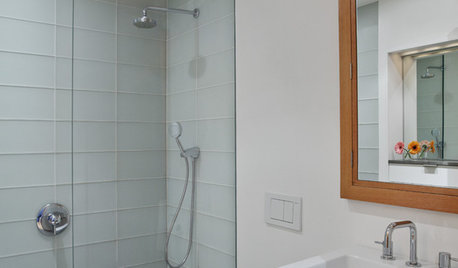
BATHROOM DESIGNConvert Your Tub Space to a Shower — the Planning Phase
Step 1 in swapping your tub for a sleek new shower: Get all the remodel details down on paper
Full Story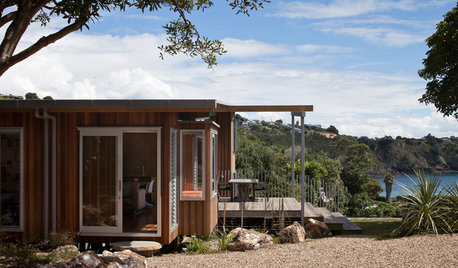
HOUZZ TOURSHouzz Tour: Three Pods Make a Beach House in New Zealand
See how separate living and utility zones boost the beach experience on Waiheke Island
Full Story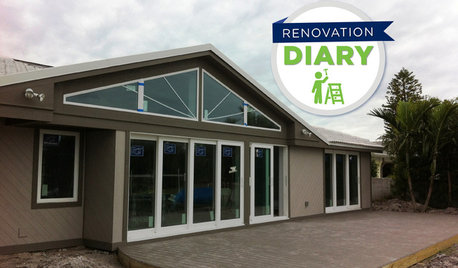
REMODELING GUIDESPlan Your Home Remodel: The Interior Renovation Phase
Renovation Diary, Part 4: Peek in as the team opens a '70s ranch home to a water view, experiments with paint and chooses tile
Full Story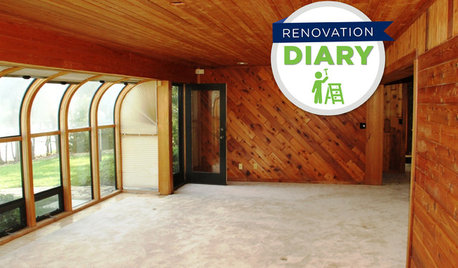
REMODELING GUIDESPlan Your Home Remodel: The Design and Drawing Phase
Renovation Diary, Part 2: A couple has found the right house, a ranch in Florida. Now it's time for the design and drawings
Full Story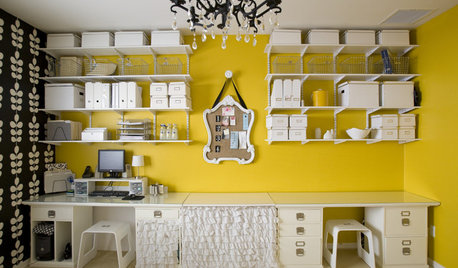
HOUZZ TOURSHouzz Tour: Three Men and a Lady's DIY Paradise
One Handy Mom Takes Her Home from Blah and Beige to Bold and Beautiful
Full Story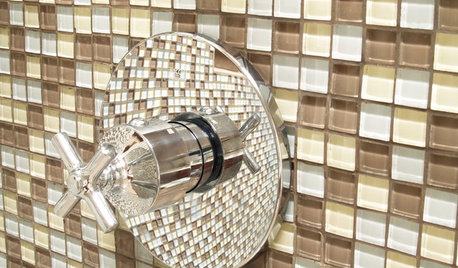
BATHROOM DESIGNConvert Your Tub Space to a Shower — the Fixtures-Shopping Phase
Step 2 in swapping your tub for a sleek new shower: Determine your mechanical needs and buy quality fixtures
Full Story
BATHROOM DESIGNConvert Your Tub Space Into a Shower — the Tiling and Grouting Phase
Step 3 in swapping your tub for a sleek new shower: Pick the right tile and test it out, then choose your grout color and type
Full Story
HOUSEKEEPINGThree More Magic Words to Help the Housekeeping Get Done
As a follow-up to "How about now?" these three words can help you check more chores off your list
Full StoryMore Discussions









weedmeister
bus_driver
Related Professionals
Arlington General Contractors · Country Club Hills General Contractors · De Pere General Contractors · DeSoto General Contractors · Dunkirk General Contractors · Geneva General Contractors · Milton General Contractors · Tuckahoe General Contractors · Fish Hawk Handyman · Roselle Park Solar Energy Systems · Sun Prairie Solar Energy Systems · Torrington Solar Energy Systems · Ashburn Home Automation & Home Media · Fayetteville Home Automation & Home Media · South Lake Tahoe Home Automation & Home Mediaionized_gwOriginal Author
ionized_gwOriginal Author
brickeyee
ionized_gwOriginal Author
weedmeister
ionized_gwOriginal Author
bus_driver
billhart
ionized_gwOriginal Author
brickeyee
aspen31
ionized_gwOriginal Author
Ron Natalie
billhart
ionized_gwOriginal Author
billhart
ionized_gwOriginal Author
billhart
ionized_gwOriginal Author
pharkus
brickeyee
pharkus
brickeyee
pharkus
ionized_gwOriginal Author
bus_driver
pharkus
ionized_gwOriginal Author
manhattan42
spencer_electrician
brickeyee
ionized_gwOriginal Author
pharkus
ionized_gwOriginal Author
ionized_gwOriginal Author
ionized_gwOriginal Author
brickeyee
ionized_gwOriginal Author
ionized_gwOriginal Author
pharkus
pharkus
ionized_gwOriginal Author